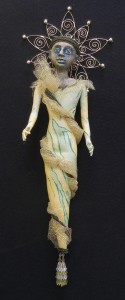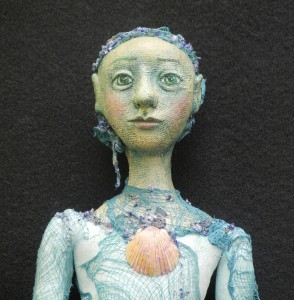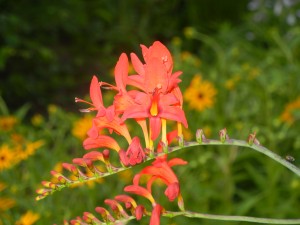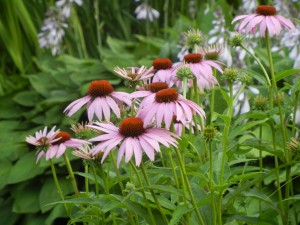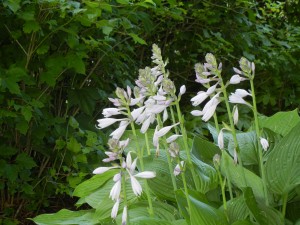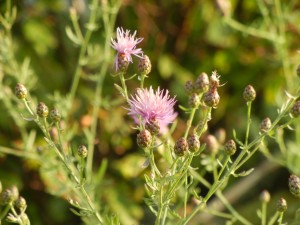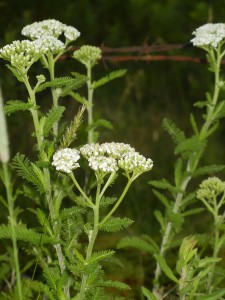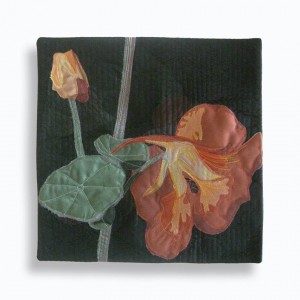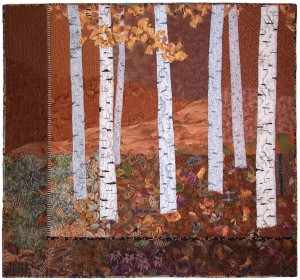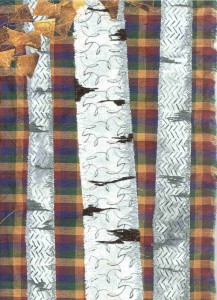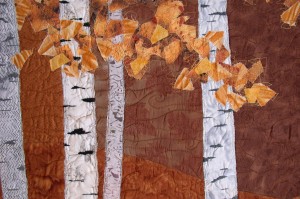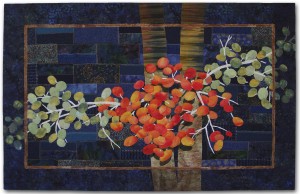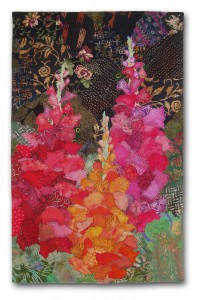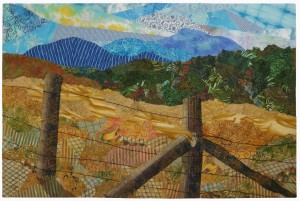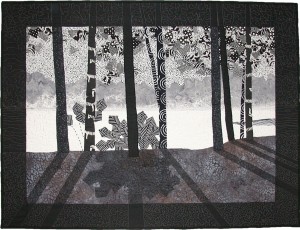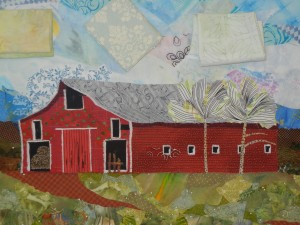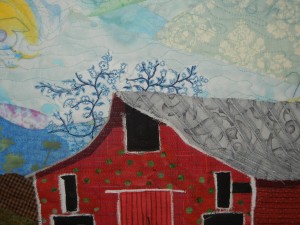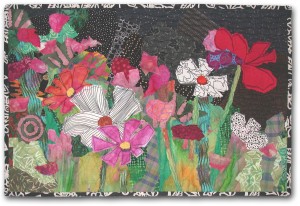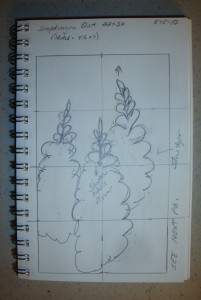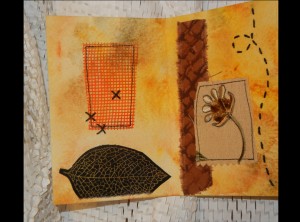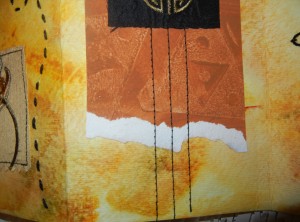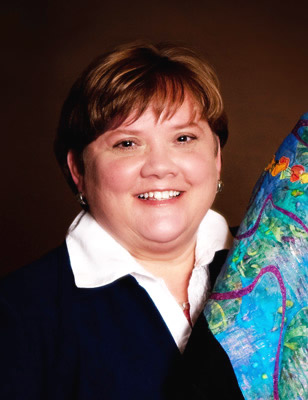Design Your Own Nature Quilt: August 1st in Melbourne, FL
This is my favorite class to teach, because the students learn SO MUCH! The morning is devoted to learning about design. Working on individual and group exercises, you’ll learn about focal point, composition, and loosely interpreting a photo. We’ll start with my own photos so there’ll be no pressure to get it perfect.
By late morning, you’ll have the skills and confidence you need to start working with your own photo. After deciding on a plan you’ll be ready to start the afternoon by pulling out your fabric and beginning your composition. This is exhilarating! You will learn a raw edge collage technique which will ensure maximum flexibility and speedy results.
(Yes, it can be a little intimidating, but you’ll get the hang of it. Just in case, be sure to pack your artistic courage.)
Here’s an example of how a photo can be IMPROVED with the use of design principles. The starting photo:
Click any image for a larger view
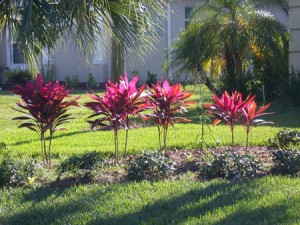
The resulting quilt, Ti Plants A-Glow-Glow.
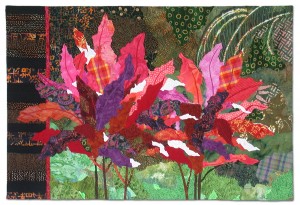
Can you identify some of the improvements? Here are a few:
– The image was cropped.
– The background was made darker and duller, to let the plants be the stars.
– The plants were simplified. (Just count the leaves to confirm this!)
– Fabrics were used to add interest.
ALL of these are things you’ll learn in this class. I get excited just thinking about the possibilities!
You’ll find full class details here. But first, you may want to check some of the additional resources below.
– Wonderful examples of Student’s Results. (DO look at these. You’ll be amazed!)
– See some of Ellen’s nature quilts, along with the photos that inspired them
– Supply List (One day class)
Time is running out, so sign up now!
Hoping to see you in class,
Ellen Lindner
P.S. Use the Contact link at top to email me if you have questions.
